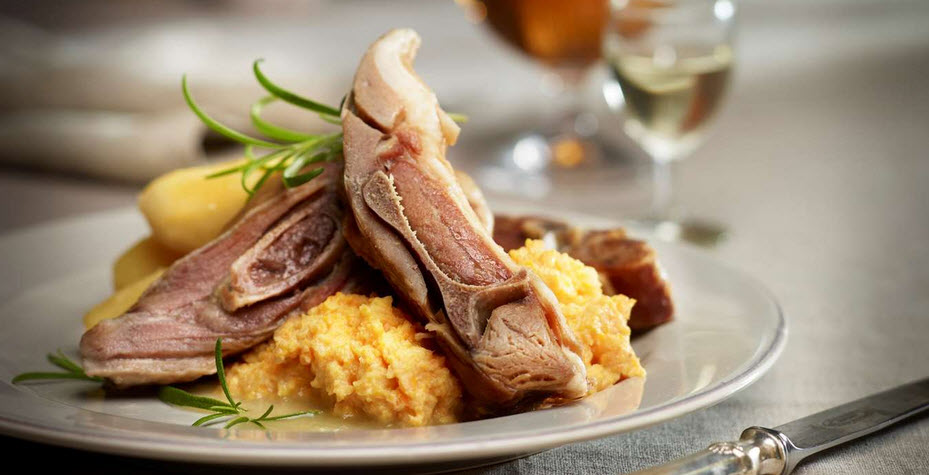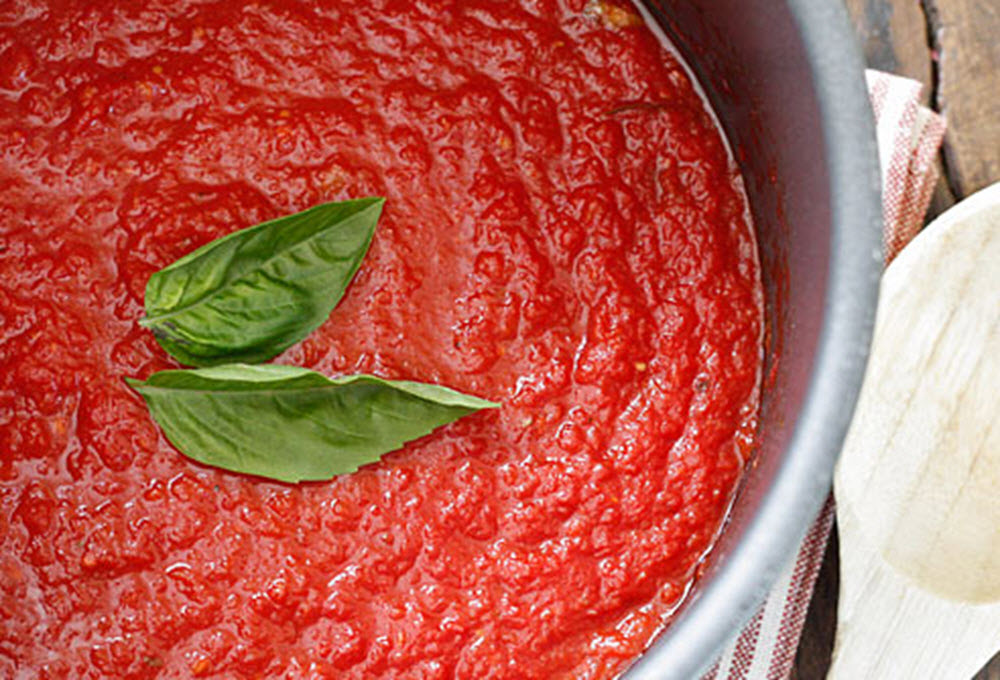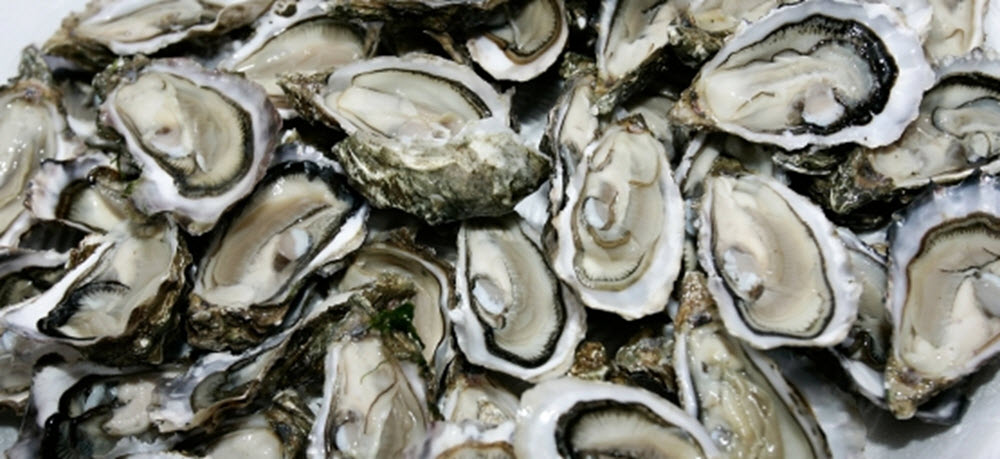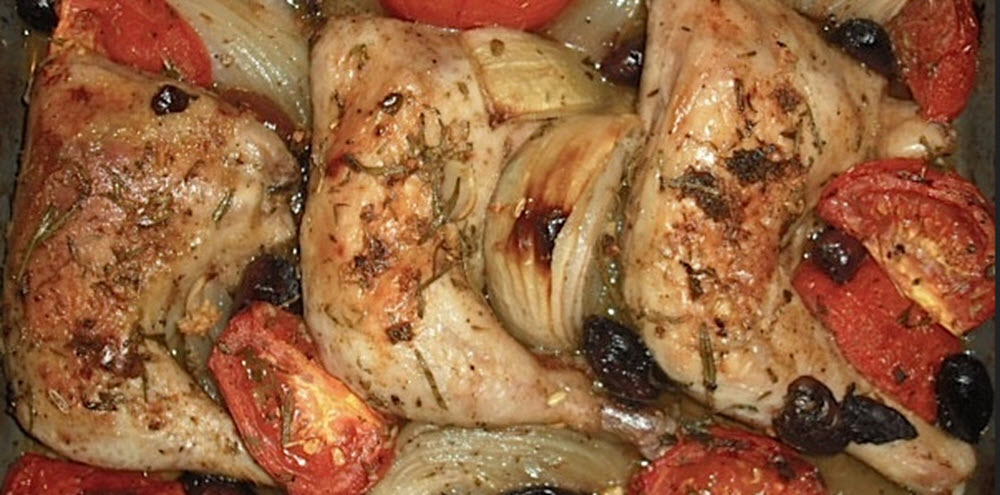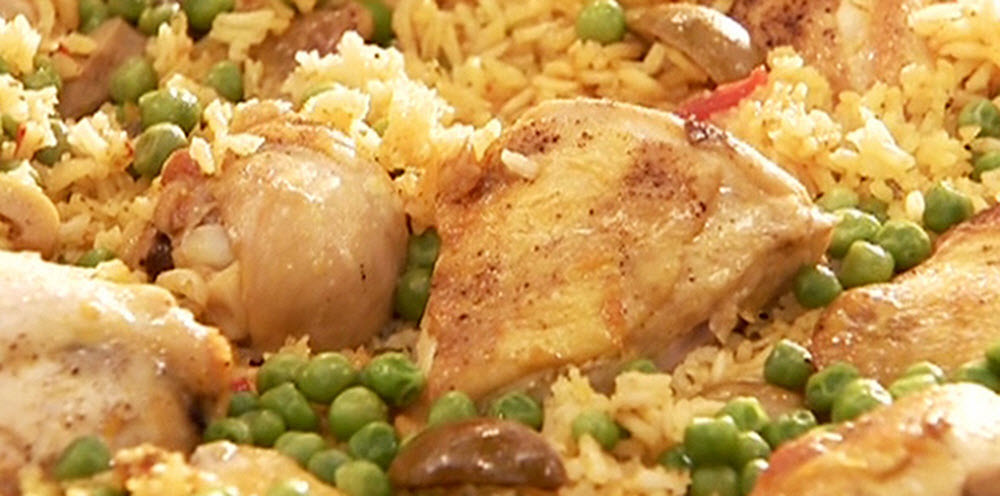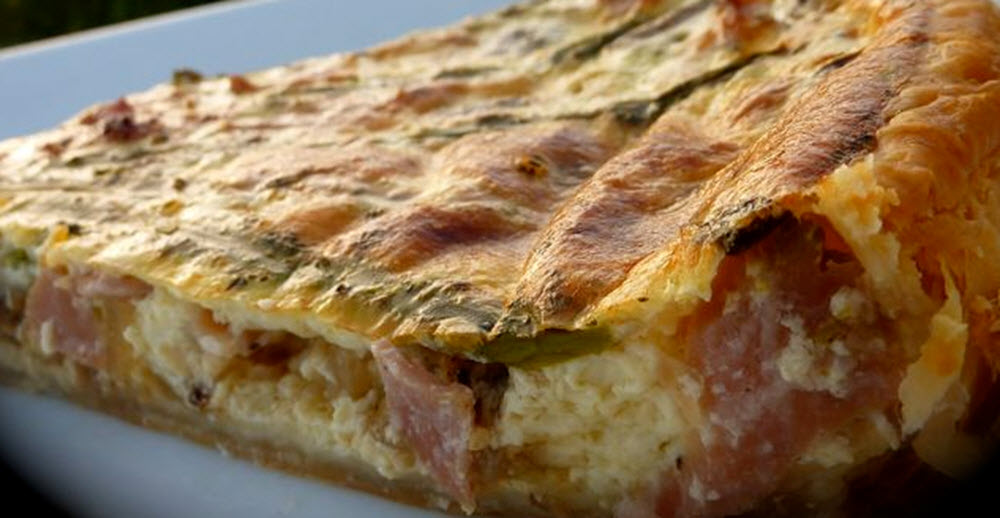Pinnekjøtt is a Norwegian main course dinner dish of lamb or mutton ribs. During Christmas dinner, many families serve pinnekjøtt with puréed Swedish turnips and potatoes. The dish is especially common in Western and Northern Norway.
Traditional preservation of mutton
Pinnekjøtt is made from mutton that has been preserved using a traditional method; either curing, drying or smoking – or a combination of more than one method. Even though mutton is available fresh or frozen all year round in Norway nowadays, most households refrain from using fresh or frozen meat for pinnekjøtt since it can’t provide the right traditional flavor.
When racks of mutton is preserved at home, it is cured in brine or coarse sea salt. When the mutton is salty enough and the weather is cold enough, the racks are hung in a dark and cool (but not freezing) place to dry. In some parts of Norway, such as Hordaland, the mutton is smoked prior to curing. This prevents mold from growing on the mutton during the drying process.
If you want to make your own pinnekjøtt, make sure you buy mutton where the butcher hasn’t trimmed away any fat or meat from the top of the ribs.
Making pinnekjøtt
- The racks of mutton should be separated into individual ribs prior to being cooked. Use a sharp knife to cut between the bones.
- Soak the ribs in water to rinse out some of the salt, otherwise the dish will be excessively salty. Letting the preserved mutton absorb water will also reconstitute it. Start well in advance, the mutton might need to soak for 30 hours or more before enough salt has left it. Change water one or two times, depending on how salty you want your pinnekjøtt.
If you are in Norway, you can skip the steps above if you want to, and simply buy ready cut, rinsed and soaked mutton ribs for pinnekjøtt instead. They are available smoked and unsmoked.
- When the ribs are finished soaking, place a layer of sticks from the birch tree over the bottom of a large saucepan. You build a sort of grid by criss-crossing layers of sticks.
You can purchase ready-cut sticks in a Norwegian supermarket or cut and wittle your own. Do not allow any bark to remain.
- Place the ribs on top of the sticks. Fill up with water to the top of, but not over, the birch grid.
- Steam the meat. The steam going through the sticks will add a subtle sweet-minty birchy flavor to the mutton. If you wittle your own sticks right before cooking, the flavor will be more intensive than with old sticks from the supermarket.
- Serve with mashed Swedish turnip, potatoes boiled with their skin still on, and mustard.
How much per person?
Use 400 grams (including bone) per person as a rule of thumb. There isn’t that much meat on each bone, but the meat is very rich and filling.

